Sewage Treatment NO, Water Recycling YES!
Seoul has rebranded facilities previously perceived as undesirable and known as "sewage treatment plants" to improve their image and transform their spaces into community-friendly areas.
The "Sewage Treatment Office" and "Sewage Treatment Facilities" have been renamed to "Water Recycling Center" and "Water Recycling Facilities," respectively.
This change is aimed at enhancing the perception of these facilities, gradually converting their available spaces into community-friendly, inclusive cultural spaces that foster community interaction.

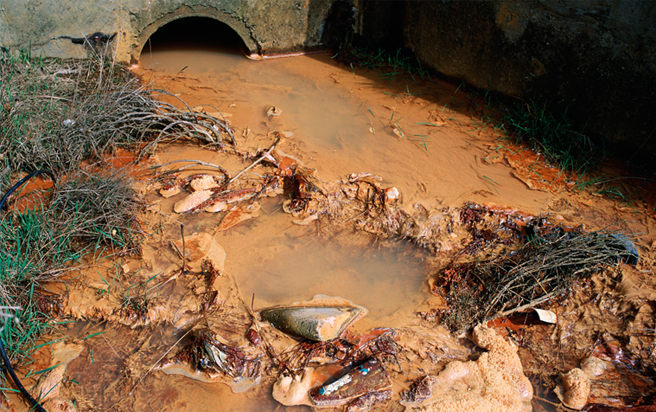
Sewage refers to the water that flows through sewer pipes, which can be categorized into stormwater and wastewater based on its source.
Stormwater generally refers to rainwater that falls on a watershed. Wastewater is dirty water discarded from homes, factories, and businesses.
Sewage systems encompass the infrastructure designed to manage stormwater and wastewater, including sewer pipes, public sewage treatment facilities (sewage treatment plants), sewage treatment reuse facilities, septic treatment facilities, drainage systems, and individual sewage treatment facilities. When sewage treatment is inadequate, it can lead to issues such as unpleasant odors, the spread of infectious diseases, and flooding, which can significantly disrupt daily life.
What are the Different Types of Sewage?
-
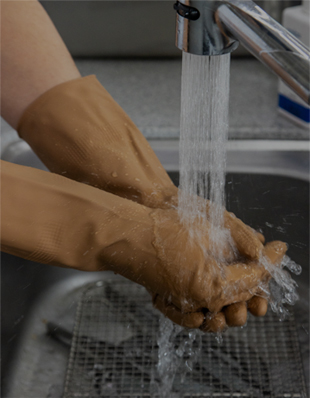 Residential
ResidentialToilets, sinks, bathtubs, etc.
-
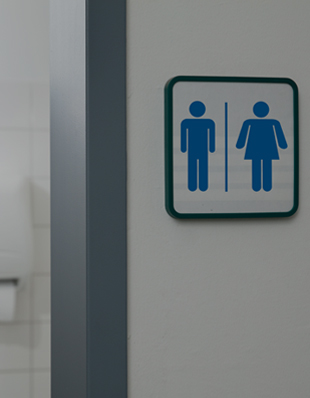 Schools
SchoolsDrains, toilets, sewers, etc.
-
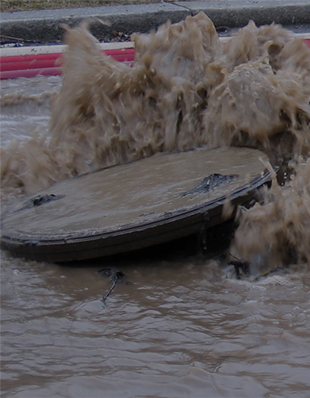 Roads
RoadsRainwater, groundwater, street drainage
-
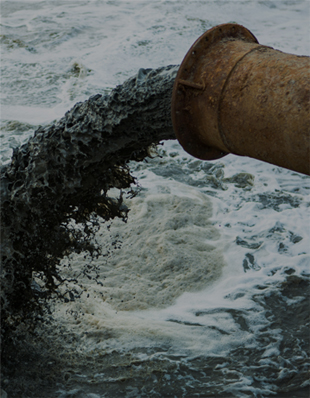 Factories
FactoriesIndustrial wastewater
What is the Role of Water Recycling Facilities?
Water recycling facilities play a crucial role in removing sand, plastic, and various types of waste from sewage. They restore the natural purification capacity of water by breaking down and removing pollutants through microbial activity and restoring oxygen levels in the water.
-
Flood Prevention
“Reduce Flood Damage” Water recycling facilities quickly divert large volumes of rainwater (stormwater) to prevent urban flooding, thereby protecting the lives and property of citizens from flood damage.
-
Improving Living Environments
"Create a Pleasant Living Environment” By treating and removing wastewater, these facilities protect living spaces from filth and eliminate odors, contributing to the creation of urban spaces where citizens can enjoy a comfortable quality of life.
-
River Water Quality Improvement
"Revive Urban Rivers” By preventing untreated sewage from flowing directly into rivers and instead channeling it to water recycling centers for thorough treatment, these facilities help restore river ecosystems and provide clean, flowing water that creates recreational spaces for citizens.
